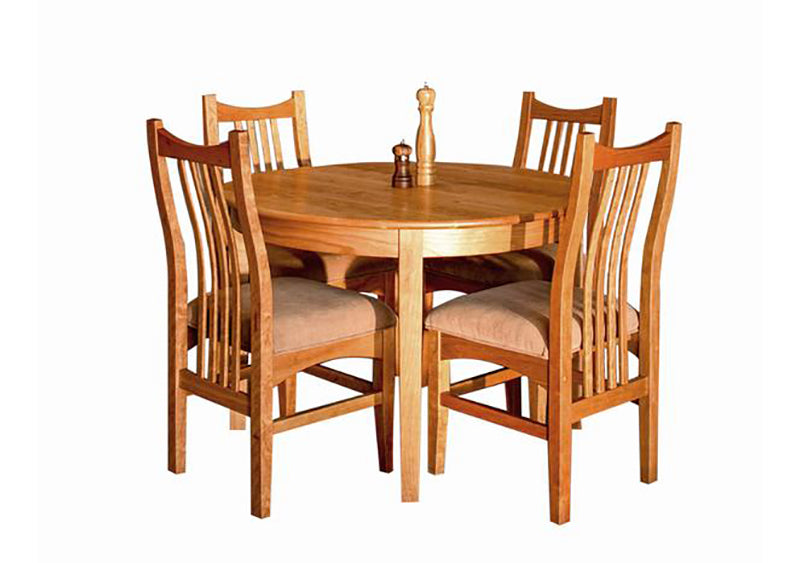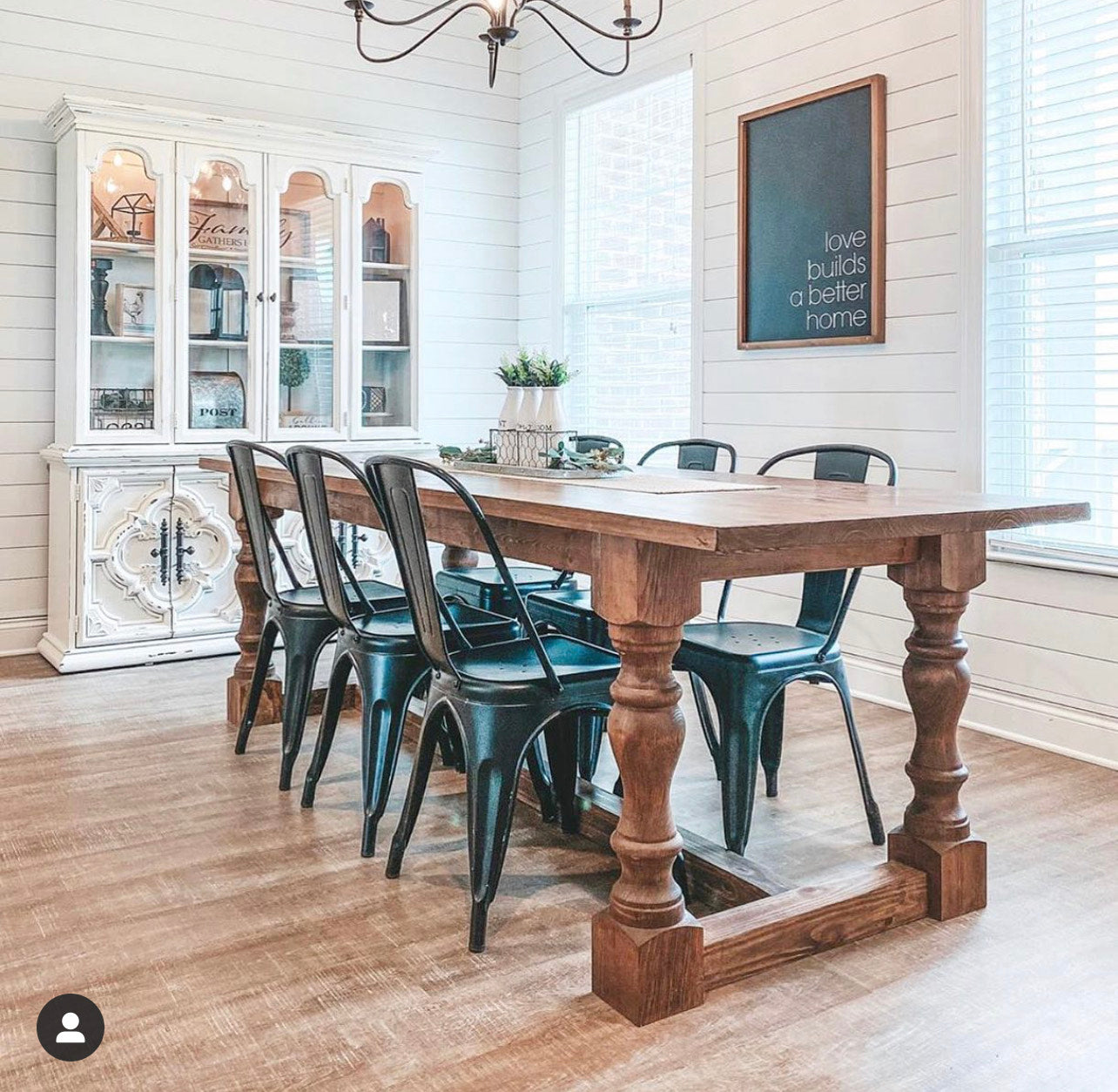Dining Room Table Legs: A Guide to Selecting the Right Style for Your Home
Dining Room Table Legs: A Guide to Selecting the Right Style for Your Home
Blog Article
From Typical to Modern: Discover the Suitable Dining-room Table Legs for Your Design
While timeless layouts such as cabriole and turned legs stimulate a sense of timeless sophistication, modern styles like barrette and geometric options provide a chance for striking aesthetic passion. As you consider these aspects, the concern remains: how can you effortlessly incorporate these varied leg designs to produce a harmonious dining experience?
Understanding Table Leg Styles
The range of dining-room table leg designs can significantly affect both the looks and functionality of the area. Each leg design adds unique visual aspects and functional features, accommodating varied layout preferences and use needs. Recognizing these styles is important for picking the best eating table that aligns with your overall indoor style vision.
For example, tapered legs provide a tidy, timeless appearance that can boost a room's beauty, while stand bases supply stability and take full advantage of legroom, making them optimal for smaller sized rooms. Hairpin legs, a trademark of mid-century modern-day style, introduce an industrial style, permitting a ventilated, open feel. Trestle legs stimulate rustic appeal, offering durable support and a sense of eternity.
Wooden legs can bring warmth and appearance, whereas steel choices commonly share a streamlined, contemporary ambiance. Inevitably, understanding table leg designs is essential for developing a natural dining area that mirrors personal style while making certain practicality and comfort.
Typical Table Leg Options
When picking dining area table legs, typical alternatives usually personify classic style and workmanship. These layouts show a rich heritage and a dedication to top quality, making them optimal for those who appreciate classic appearances.
Among the most iconic typical leg designs is the cabriole leg, defined by its elegant curved shape. This layout often includes attractive carvings and is most typically located in Queen Anne and Chippendale furnishings. One more preferred choice is the turned leg, which flaunts a series of smooth, rounded shapes that provide a traditional appearance while preserving security.
In addition, the straight leg, while simple, provides a tough and unadorned structure that can mix perfectly with a selection of tabletop styles. For those attracted to ornate detailing, claw-and-ball feet legs evoke a feeling of majesty and can act as a stunning focal factor in any kind of eating room.
Finally, pedestal bases, although not purely legs, offer an alternate conventional choice that permits adequate legroom and can be perfectly sculpted. Each of these conventional leg styles adds to the general ambiance of an eating room, marrying function with aesthetic charm.

Modern Table Leg Designs
Modern table leg layouts use a varied range of styles that highlight tidy lines and ingenious materials. These designs usually prioritize functionality while serving as striking prime focus within an eating area. Minimal appearances are prevalent, with legs crafted from products such as see this site steel, glass, and engineered wood, which contribute to a contemporary and ventilated feel.
One preferred style is the hairpin leg, characterized by its slender, conical framework that provides security without frustrating the tabletop (dining room table legs). This style is typically found in mid-century modern furniture and can effortlessly match numerous dining table forms. An additional trend is using geometric shapes, where legs may tackle angular or asymmetrical types, including aesthetic rate of interest and a touch of virtuosity

Blending Designs for One-of-a-kind Spaces
Usually, homeowners look for to develop distinct dining areas that reflect their individual design by blending various style elements. This approach permits for the consolidation of diverse looks, resulting in an unified yet unique environment. As an example, combining a rustic wood table with smooth, modern-day steel legs can produce a distinctive comparison that raises the area's general allure.
In addition, incorporating vintage table legs with modern tabletops can stimulate a sense of background while preserving a modern-day sensibility. Such mixes not just showcase individual taste however additionally encourage creativity, allowing homeowners to curate a room that feels both personal and inviting.
Shade plays a critical duty in this blending procedure; picking table legs that complement or contrast with the existing color design can enhance aesthetic interest. For instance, whitewashed legs can soften the boldness of a dark table surface area, producing a balanced aesthetic.
Tips for Selecting the Right Legs
Choosing the right table legs is crucial for achieving both functionality and visual charm in your eating space. Begin by thinking about the overall design of your space. Typical settings gain from legs that feature complex carvings or turned styles, while modern rooms might ask for sleek, minimalist styles.
Following, evaluate the elevation and security of the legs. dining room table legs. Conventional eating tables vary between 28 to 30 inches in height, so ensure the legs complement this measurement for convenience. Furthermore, robust materials, such as wood or steel, can boost security and longevity
Examine the leg form also-- alternatives consist of straight, tapered, or pedestal designs. Straight legs offer a traditional appearance, while conical legs can add a touch of style. Pedestal bases offer sufficient legroom and are excellent for smaller sized rooms.
Conclusion
In recap, choosing the ideal eating room table legs needs careful factor to consider of both contemporary and conventional designs. Traditional choices such as cabriole and transformed legs offer classic elegance, while modern designs like hairpin and geometric shapes supply a contemporary touch. By harmonizing leg style, height, and material with the general decoration, a cohesive and welcoming atmosphere can be attained. Ultimately, the chosen table legs ought to show the wanted visual, enhancing the eating experience within the room.
The range of eating space table leg designs can substantially affect both the looks and functionality of the space. Inevitably, comprehending table leg styles is read this article necessary for producing a cohesive eating area that shows personal style while making sure practicality and comfort.One of the most legendary traditional leg designs is the cabriole leg, characterized by its stylish bent shape. Straight legs provide a traditional appearance, while tapered legs can add a touch of style.In summary, selecting the optimal dining space table legs requires careful consideration of both traditional and contemporary designs.
Report this page